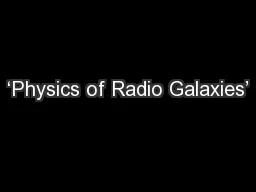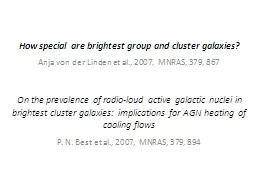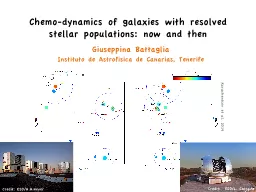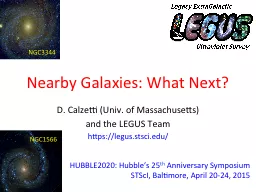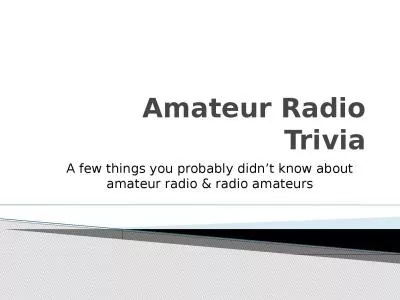PPT-‘Physics of Radio Galaxies’
Author : myesha-ticknor | Published Date : 2016-02-24
Anatomy of Extragalactic R adio Sources Miley Symposium May 2013 Chris Carilli NRAO Radio Galaxies as beacons to early massive galaxy formation Anatomy at low redshift
Presentation Embed Code
Download Presentation
Download Presentation The PPT/PDF document "‘Physics of Radio Galaxies’" is the property of its rightful owner. Permission is granted to download and print the materials on this website for personal, non-commercial use only, and to display it on your personal computer provided you do not modify the materials and that you retain all copyright notices contained in the materials. By downloading content from our website, you accept the terms of this agreement.
‘Physics of Radio Galaxies’: Transcript
Download Rules Of Document
"‘Physics of Radio Galaxies’"The content belongs to its owner. You may download and print it for personal use, without modification, and keep all copyright notices. By downloading, you agree to these terms.
Related Documents

